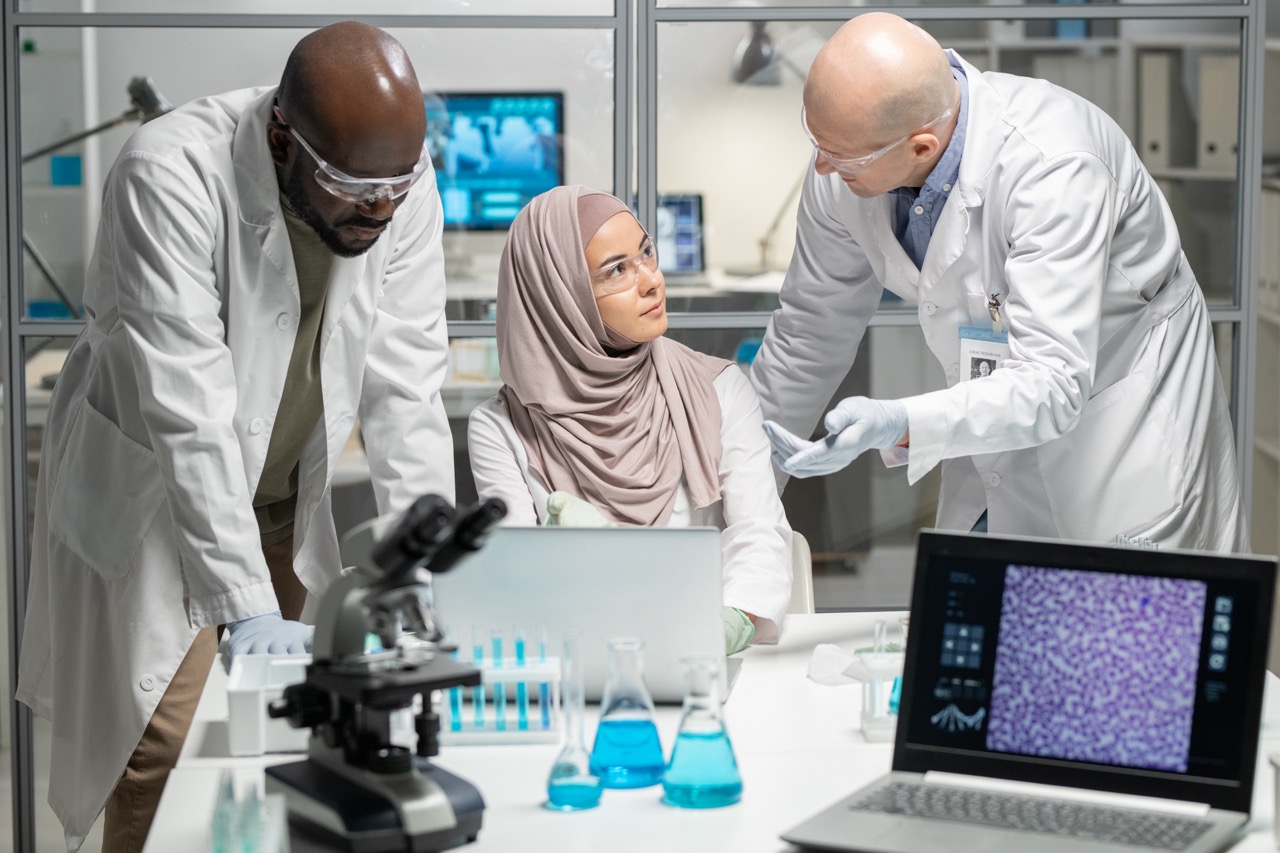Arieh Warshel is a distinguished figure in the realm of theoretical chemistry, renowned for his groundbreaking contributions that have significantly advanced our understanding of chemical processes at a molecular level. His innovative work has bridged the gap between theory and experiment, utilizing computational methods to unravel the complexities of biochemical systems. This article delves into Warshel’s contributions to theoretical chemistry, the key models developed by his research team, the impact of his work on the field of computational chemistry, and the future directions inspired by his pioneering research.
Overview of Arieh Warshel’s Contributions to Theoretical Chemistry
Arieh Warshel was awarded the Nobel Prize in Chemistry in 2013 for his fundamental work in developing multiscale models for complex chemical systems. His pioneering research has enabled scientists to simulate and explore chemical reactions with unprecedented accuracy, which has had a profound influence on both theoretical and experimental chemists. Warshel’s integration of quantum mechanics and molecular mechanics (QM/MM) has revolutionized the study of enzymatic reactions, allowing researchers to predict how enzymes catalyze chemical transformations in biological systems.
In addition to his Nobel-winning research, Warshel has contributed to the understanding of protein folding and dynamics. His work has provided significant insights into how proteins attain their functional conformations and how these structures can change in response to environmental factors. By employing sophisticated computational techniques, Warshel has illuminated the intricate interplay between structure and function in biological macromolecules, enhancing our understanding of diseases related to protein misfolding.
Warshel’s contributions extend beyond theoretical models; he has also played a vital role in educating and mentoring the next generation of computational chemists. His commitment to teaching and collaboration has fostered a vibrant research environment that continues to inspire innovative approaches to complex chemical problems. Through his extensive body of work, Warshel has established himself as a leader in theoretical chemistry, making a lasting impact on the scientific community.
Key Theoretical Models Developed by Warshel’s Research Team
One of the hallmark achievements of Warshel’s research team is the development of the hybrid quantum mechanics/molecular mechanics (QM/MM) approach. This model enables the simultaneous treatment of quantum mechanical and classical systems, making it possible to simulate chemical reactions involving large biomolecules without sacrificing accuracy. By partitioning the system into a quantum region, where electronic interactions are significant, and a classical region, where classical mechanics can be applied, Warshel’s team has provided a powerful framework for studying enzyme catalysis and reaction mechanisms.
The team’s work on the electrostatic model of enzyme catalysis has been groundbreaking, demonstrating how electric fields play a crucial role in facilitating chemical reactions within enzymes. This model integrates the effects of solvent polarization and protein environment on the reaction coordinates, providing deeper insights into how enzymes lower activation barriers. The implications of this research are far-reaching, influencing drug design and the development of biocatalysts in various industrial applications.
Moreover, Warshel’s team has explored molecular dynamics simulations, which have unraveled the dynamics of protein-ligand interactions. By employing advanced computational techniques, they have gained insights into how molecular motions influence binding affinities and reaction rates. This work has not only enhanced the understanding of molecular interactions but has also paved the way for rational drug design by predicting how potential therapeutics interact with their biological targets.
Impact of Warshel’s Work on Computational Chemistry Fields
Arieh Warshel’s work has had a transformative effect on the field of computational chemistry, providing researchers with the tools and frameworks needed to tackle complex problems in both chemistry and biology. His pioneering methodologies have enabled scientists to conduct simulations that were previously deemed impossible, allowing for a more nuanced understanding of chemical phenomena. As a result, his research has paved the way for improved predictions of reaction rates, binding affinities, and the effects of mutations on enzyme activity.
Additionally, Warshel’s contributions to theoretical chemistry have facilitated interdisciplinary collaboration between chemists, biologists, and pharmacologists. By providing a theoretical foundation for understanding biochemical processes, his work has fostered a more integrated approach to research in drug development, materials science, and environmental chemistry. The ability to predict molecular behavior through computational models has become an invaluable resource in various fields, leading to innovations that can address real-world challenges.
Furthermore, Warshel’s influence extends to education and training within computational chemistry. Many of his students and collaborators have gone on to make significant contributions in academia and industry, propagating his methodologies and inspiring new generations of scientists. The proliferation of QM/MM techniques and molecular dynamics simulations in research labs worldwide can be traced back to Warshel’s vision and commitment to advancing the field of theoretical chemistry.
Future Directions in Theoretical Chemistry Inspired by Warshel
As the field of theoretical chemistry continues to evolve, the foundational work of Arieh Warshel sets the stage for exciting future directions. One potential avenue is the integration of machine learning techniques with traditional computational methods. As computational power increases, there is a growing interest in harnessing the capabilities of artificial intelligence to enhance the accuracy and efficiency of molecular simulations. This integration could lead to unprecedented advancements in our understanding of complex chemical systems.
Another promising direction is the exploration of non-equilibrium systems and dynamic processes. Warshel’s research has already provided valuable insights into enzyme catalysis, but many biochemical processes occur under non-equilibrium conditions. Future research may focus on developing new theoretical models that can accurately represent these dynamic interactions, offering a more realistic portrayal of biological systems and their responses to external stimuli.
Finally, the push for sustainable chemistry and green technology will likely inspire new research questions that align with Warshel’s methodologies. The need for environmentally friendly chemical processes has never been more urgent, and theoretical chemistry can play a crucial role in the design of new catalysts and materials that minimize waste and energy consumption. By building upon Warshel’s legacy, future chemists will be well-equipped to address the pressing challenges facing society and the environment.
Arieh Warshel’s contributions to theoretical chemistry have been instrumental in shaping the landscape of computational chemistry. His innovative approaches and models have not only expanded our understanding of fundamental chemical processes but have also paved the way for interdisciplinary collaboration and real-world applications. As the field pushes toward new frontiers, the impact of Warshel’s work will undoubtedly continue to inspire researchers as they explore the complexities of molecular interactions and strive to address future scientific challenges.










